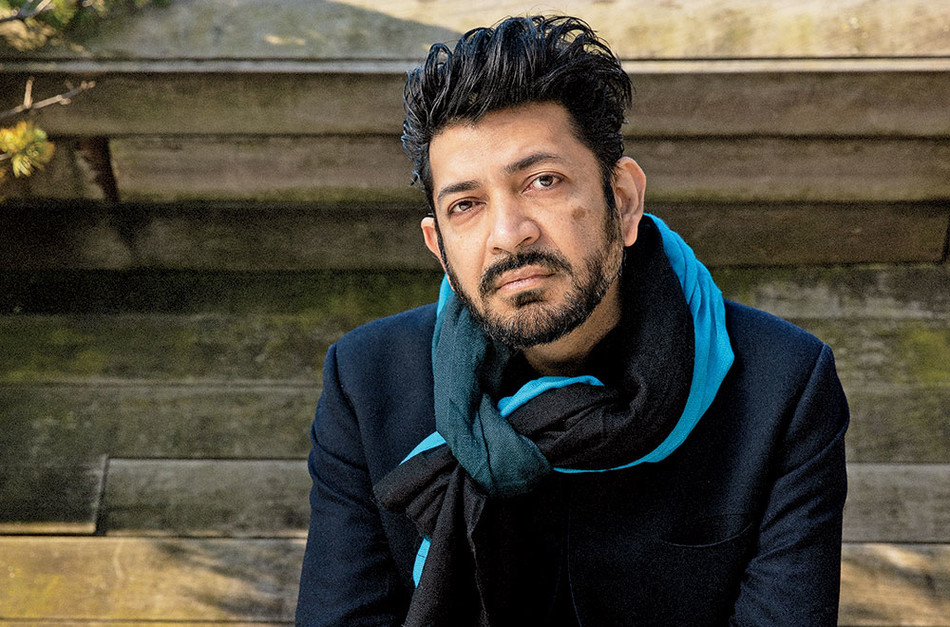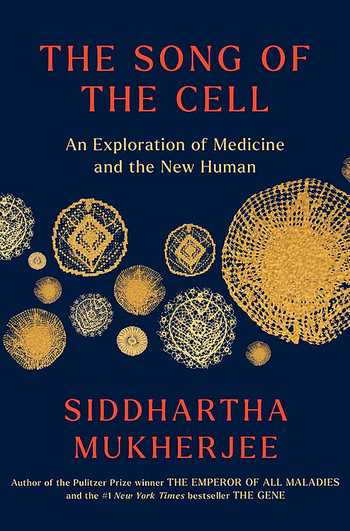Cells are the building blocks of living things: we learn this as early as elementary-school science class. But for many of us, our knowledge stops there.
In The Song of the Cell, oncologist and Pulitzer Prize–winning writer Siddhartha Mukherjee shines a spotlight on these tiny, miraculous units, delving into the history of their discovery, the myriad medical breakthroughs they have made possible, and the hope they bring for the future.
This is Mukherjee’s fourth nonfiction book and in some ways his most audacious, as the subtitle, “An Exploration of Medicine and the New Human,” suggests. He starts the book not in a modern medical lab but in seventeenth-century England, where a scientist named Robert Hooke looked into a makeshift microscope at a slice of cork and saw a “great many little boxes.” From there, Mukherjee, also an assistant professor of medicine at Columbia, takes us on a ride through what is essentially the history of modern biology, chronicling not just the triumphs but also the failures, hubris, and conflicts necessary for scientific progress.
Though focused on a singular microscopic entity, the book’s contents are sprawling. Divided into six parts, Mukherjee’s account starts with the basics of the cell and then explores microbes, infections, and the advent of antibiotics. Mukherjee then moves on to the interior anatomy of the cell, cellular reproduction and IVF, and how cells become organisms. From here, he looks at blood: the components of blood, types of blood cells, T cells, and immunotherapy. On a detour into the COVID-19 pandemic, he takes a fresh angle on a now-familiar subject as he considers the role of different kinds of cells in different organs in the body.
The book’s title comes from the final section, “Rebirth,” which, along with stem-cell therapies and transplantation, injury and repair, and cancer, delves into the “songs” of cells — their messages — which we have yet to fully know or understand. The future of cell biology is exciting, though Mukherjee acknowledges the thorny ethical questions that these developments bring and sets forth the tenets he believes necessary to navigate them: “As humans entering a new realm of medicine, we will have to learn how to embrace them, challenge them, and incorporate them into our cultures, societies, and selves.”
Mukherjee is admired for making complex scientific concepts accessible even to the most apprehensive reader, and he does so again here. Blending patient case studies and anecdotes with medical history and research, he brings the science out of the lab and makes its implications tangible. And along with sweeping insights and knowledge, he shares his abiding wonder at what medicine has achieved and what we still don’t know.
In the end, this expansive, immersive book posits a new way forward in medicine thanks to the cell: new ways of treating patients, new medicines to create, new ways of healing, and new ways of understanding ourselves.




